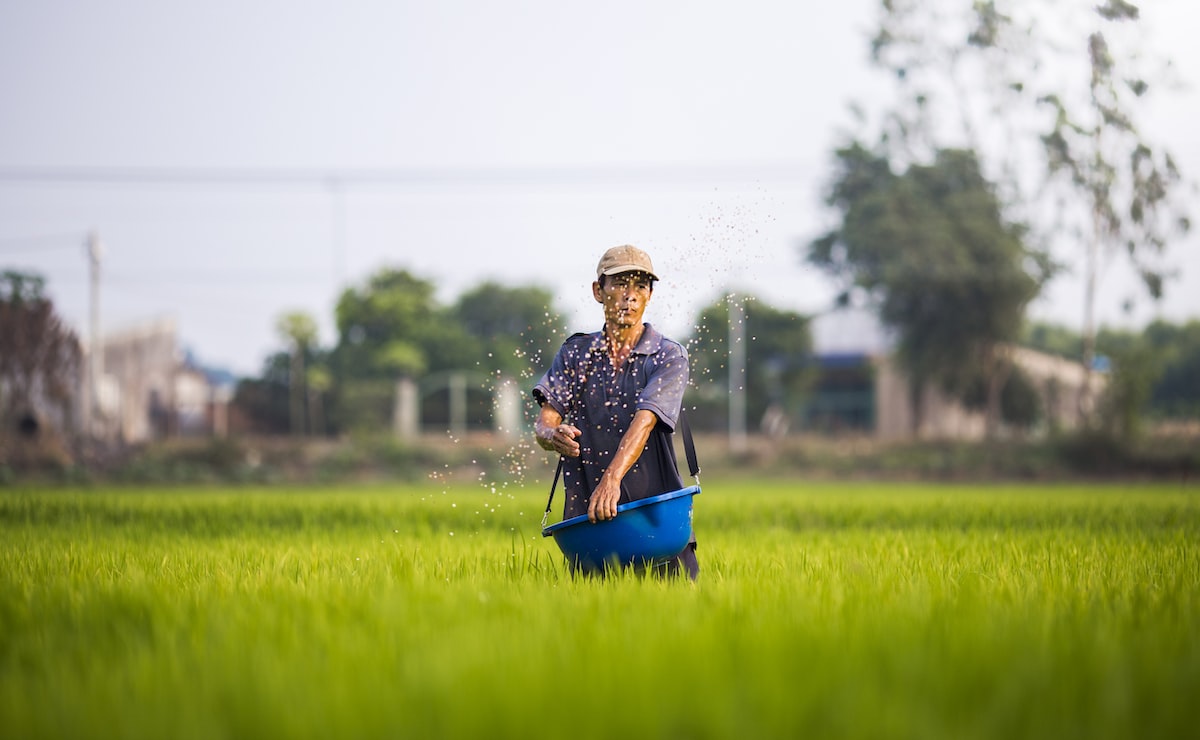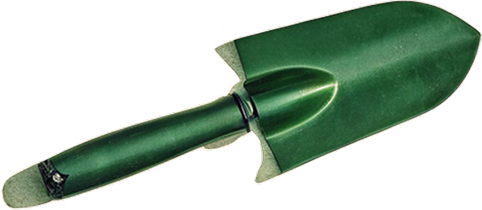Sowing Methods: Transplant, Direct Seed, or Broadcast?

Sowing Methods
Sowing methods set the stage for vigorous growth and abundant harvests. Transplant seedlings to jump-start tender crops indoors, direct seed robust veggies straight into fertile beds outdoors, or broadcast tiny seeds across broad areas to fill space quickly. Discover which of these three distinct sowing methods best fits your style and crop needs, and prepare yourself for thriving gardens all season long.
Sowing Methods Cheatsheet: Transplant, Direct Seed, or Broadcast
🌱 Transplanting Essentials
- 🌡️ Start seeds indoors 6-8 weeks pre-frost.
- 🌞 Harden seedlings: expose gradually outdoors 7-10 days.
- 📏 Ideal height: 3-4 inches (7-10 cm) before transplant.
- 🥦 Best for cabbage, broccoli, tomatoes, peppers, eggplant.
- 💪 Boosts self-sufficiency, ensures vigorous plants.
🌿 Direct Seeding Quick Guide
- 🌡️ Soil warmth: min. 50°F (10°C) for optimal germination.
- 📅 Sow after spring frost or late summer for fall harvest.
- 🥕 Ideal for root plants: carrots, radishes, beets, beans, peas.
- 🥬 Leafy greens: lettuces, spinach thrive directly sown.
- 🍃 Prevent thinning: sow seeds at proper spacing initially.
🌾 Efficient Broadcast Sowing Tips
- 🌱 Evenly scatter seeds across prepared, weed-free soil.
- 🌻 Ideal for wildflowers, herbs, cover crops (clover, rye).
- 🌧️ Lightly rake seeds and ensure gentle watering post-sow.
- 📈 Yield boost: broadcast cover crops can increase soil nutrients by up to 50%.
- 🐝 Supports biodiversity, pollinator habitats, soil health.
🛠️ Quick Troubleshooting Tips
- ☀️ Leggy seedlings: increase indoor light, lower temperature slightly.
- 💧 Damping-off: improve airflow, water less frequently.
- 🌡️ Slow germination: maintain consistent moisture, check soil temp.
- 🐦 Birds eating seeds: lightly cover broadcasted seeds with straw mulch.
Sowing Methods: Transplant, Direct Seed, and Broadcast Explained
I remember my first spring gardening season clearly. I was ambitious and reckless, scattering seeds haphazardly, hoping they'd find their footing simply because nature presumably favored chaos.
Predictably enough, most seedlings vanished into oblivion, swallowed by weeds or snacked on by opportunistic birds. Through trial and abundant error, I learned the value of choosing the right sowing methods: transplanting, direct seeding, and broadcasting.
1. Transplanting: Giving Seedlings a Head Start
Transplanting involves starting seeds indoors or in controlled environments, then moving established seedlings into the garden. Tomatoes, peppers, eggplants, and many herbs benefit enormously from transplants, extending their growing period and bypassing unpredictable spring weather.
Every February, with snow still blanketing my garden in New York, I sow tomato seeds indoors under fluorescent lights. After nurturing them for 6–8 weeks, I transplant hardened-off seedlings outdoors, waiting patiently until night temperatures settle above 50°F (10°C).
"Transplants can extend your growing season by up to six weeks, allowing slow-maturing crops to flourish even in cooler climates."
- Pros: Controlled germination rate, earlier harvest, and stronger seedlings.
- Cons: Extra effort, equipment costs, transplant shock risks.
To avoid transplant shock, water seedlings generously before planting outdoors, and gently loosen roots if they're root-bound. Selecting overcast days for transplanting lessens stress on delicate seedlings.
2. Direct Seeding: Trusting Seeds to Do Their Thing
For crops like carrots, beets, beans, peas, corn, and squash, I almost always practice direct seeding. These plants resent disturbance and flourish best when sown directly into the soil.
Last summer, I made raised mounds to direct-sow zucchini seeds, placing two seeds per mound about an inch deep (2.5 cm). They sprouted quickly, growing into robust plants without any transplant stress or setbacks.
- Pros: Less work, no transplant shock, ideal for root-sensitive veggies.
- Cons: Vulnerable seedlings, unpredictable germination, risk from pests or weather.
To ensure success, plant at the recommended depth and spacing, and consider using row covers or organic mulch for protection. Monitoring moisture carefully early on boosts germination significantly.
3. Broadcast Sowing: Embracing Nature's Wild Side
Broadcast sowing is the method closest to nature's own approach—sprinkling seeds loosely over prepared soil. Ideal for cover crops, wildflowers, herbs like dill and cilantro, and certain salad greens, it creates a casual, organic appearance.
One autumn afternoon, after pulling weeds and turning compost into empty beds, I broadcasted crimson clover seeds generously. Within weeks, a lush, green carpet emerged, feeding pollinators while enriching the soil.
"Properly broadcasted cover crops can reduce soil erosion by up to 90% during winter months."
- Pros: Quick, natural aesthetic, excellent soil cover.
- Cons: Uneven germination, potential for weed competition.
To achieve even coverage, mix seeds with sand or fine compost before broadcasting, then lightly rake soil afterward. Keep the area moist until seedlings establish themselves.
Choosing Your Method Wisely
Each growing season brings unique challenges and pleasures. Selecting the right sowing methods makes gardening infinitely more rewarding.
From transplanting cherished heirloom tomatoes to broadcasting cheerful wildflowers in forgotten corners, knowing and using these methods transforms a plot of land into vibrant abundance.

Want smarter plant choices? 🪴
Frequently Asked Questions about Sowing Methods
When should I start seeds indoors versus outdoors?
Begin seeds indoors for plants requiring longer growing periods—such as tomatoes, peppers, or onions—around 6 to 8 weeks before the last frost date. Directly sow hardy varieties like carrots, peas, or spinach outdoors once the soil reaches temperatures near 45°F (7°C) and frost risks decrease.
What's the best way to handle seedlings started indoors?
Gradually introduce indoor-grown seedlings to outdoor conditions through a process called hardening off. Place seedlings outdoors in partial shade, extending their exposure each day, for about a week before transplanting into permanent garden beds.
How deep should seeds be planted?
Plant seeds twice the depth of their size as a general guide. Small seeds, like lettuce or carrots, prefer shallow planting—just a dusting of soil—while larger seeds such as cucumbers or beans benefit from deeper sowing up to 1–2 inches (2.5–5 cm).
How far apart should I space seeds and seedlings?
Space seedlings according to the mature plant size to prevent overcrowding and ensure adequate airflow. Leafy greens typically require just 4–6 inches (10–15 cm), while larger crops such as tomatoes and zucchini thrive with spacing between 18–36 inches (45–90 cm).
What does broadcast planting entail, and when would I choose it?
Broadcast sowing involves scattering seeds evenly across a prepared area, ideal for cover crops, grasses, and wildflowers. Lightly rake over seeds after scattering and keep soil consistently moist until germination occurs.
How often should newly sown seeds be watered?
Maintain consistent moisture near the seed surface without waterlogging the soil. Generally, water lightly once or twice daily, adjusting frequency based on weather and soil drainage, until seedlings emerge.
How can I improve seed germination rates?
Enhance germination rates by using fresh, quality seeds planted in nutrient-rich, loose soil. Maintain ideal soil temperatures, provide consistent moisture, and consider pre-soaking larger seeds—such as peas or beans—for a few hours before planting.
At the end of the day, sowing methods set the rhythm for your growing season. Transplanting brings reliability—control over spacing, timing, and a head start on fickle weather. Direct seeding offers speed and simplicity, perfect for crops that resent disturbance or for gardeners who want to let nature call the shots. Broadcasting is pure freedom—ideal for wildflower patches and cover crops where a little chaos is welcome.
Every plot is different, and each method has its moment. Mix things up. Listen to your soil, your climate, your own routine. The best harvests come from matching the right sowing method to the right plant, at the right time. Trust your instincts, and let your garden surprise you.
The Prepper's Guide to Sowing Methods for Maximum Self-Sufficiency
Crop Selection for Reliable Yields
- Staple Crops: Select calorie-dense plants such as potatoes, beans, corn, and winter squash—these offer extended storage life, high nutritional value, and reliable seed-saving potential for future seasons.
- Medicinal Herbs: Prioritize direct-seed herbs like calendula, chamomile, and echinacea, providing valuable medicinal uses without complex germination techniques.
Sustainable Seed Storage Techniques
- Dry & Cool: Keep dry, airtight containers in temperatures below 50°F (10°C) with low humidity to increase seed viability by up to 5 years.
- Humidity Control: Silica gel packets or powdered milk sachets effectively absorb excess moisture in stored seed containers.
- Backup Locations: Maintain multiple seed caches in separate cool locations to reduce risk of total loss.
Transplant vs. Direct Seed: Strategic Choices
- Root Vegetables: Always direct sow carrots, radishes, and turnips to avoid stunted growth or misshapen roots.
- Fruit-bearing Varieties: Tomatoes, peppers, and eggplants transplanted indoors 6–8 weeks ahead improve productivity and cropping time significantly.
- Leafy Greens: Lettuce, kale, and spinach adapt well to either method—stagger plantings to maximize harvest periods.
Emergency Germination Techniques
- Pre-Soaking Method: Soak hard-shelled seeds (e.g., beans, peas) overnight in warm water—shortens germination by approximately 3 days.
- Scarification: Carefully nick thick-coated seeds (e.g., nasturtium) with sandpaper or file to allow faster moisture absorption and germination.
- Damp Paper Towels: Test older seed viability by folding seeds within damp paper towels—prompt germination indicates strong seed health.
Optimized Watering Practices
- Deep Watering: Apply 1–1.5 inches (25–38 mm) of water weekly in single deep soakings rather than frequent shallow watering to encourage resilient root systems.
- Soil Moisture Monitoring: Insert finger several inches into the soil—water only if dryness is felt an inch (2.5 cm) or more below surface.
Emergency Broadcast Seeding Tactics
- Cover Crops: Quickly broadcast drought-tolerant grains like buckwheat or barley to prevent soil erosion and enhance soil nutrients during uncertain periods.
- Scatter Survival Crops: Wheat, oats, and rye can be broadcast minimally tilled, providing emergency food with limited equipment.
Find out which plants will thrive in your garden!
Answer a few fun questions and get custom plant recommendations perfect for your space. Let’s grow something amazing together!

start your season





